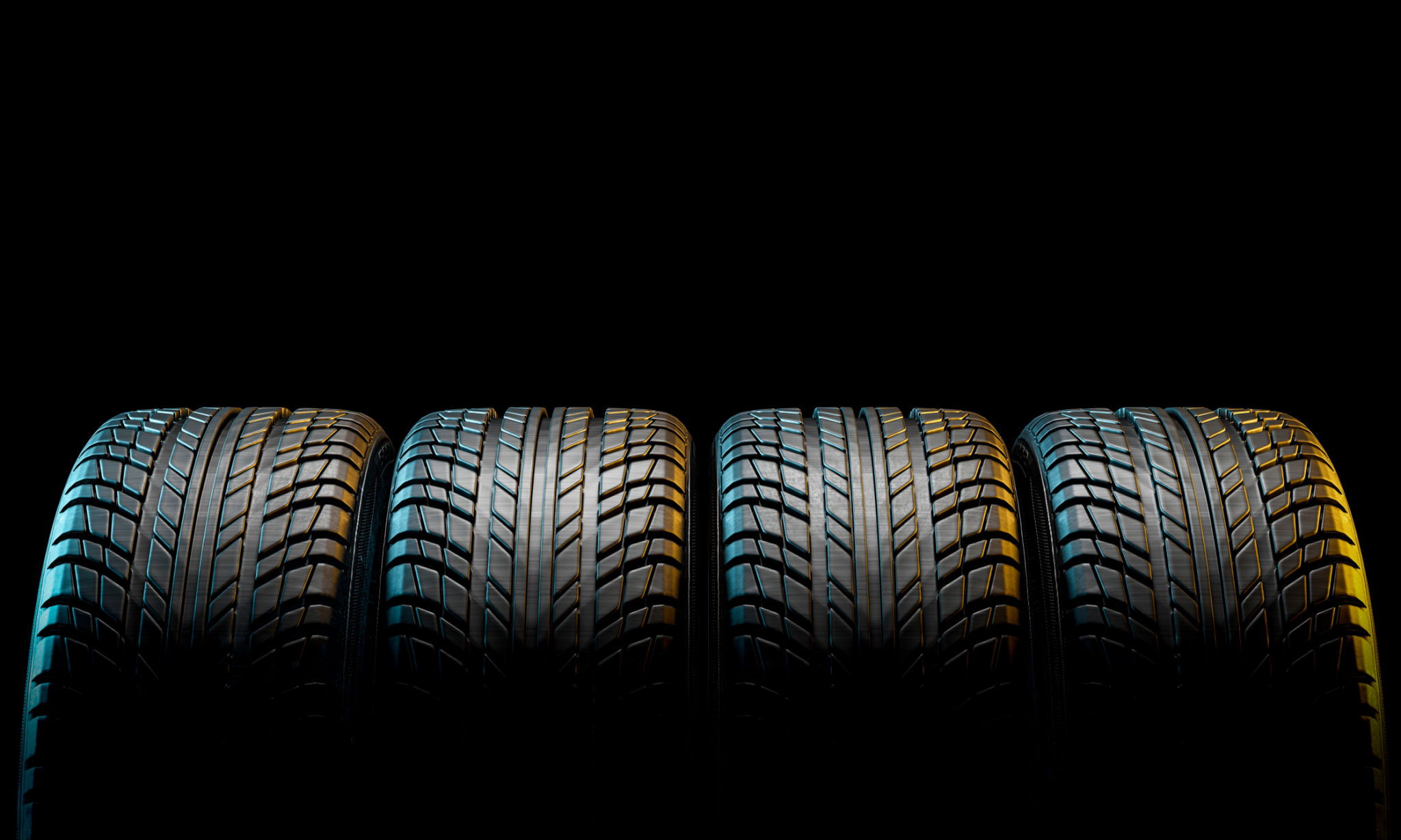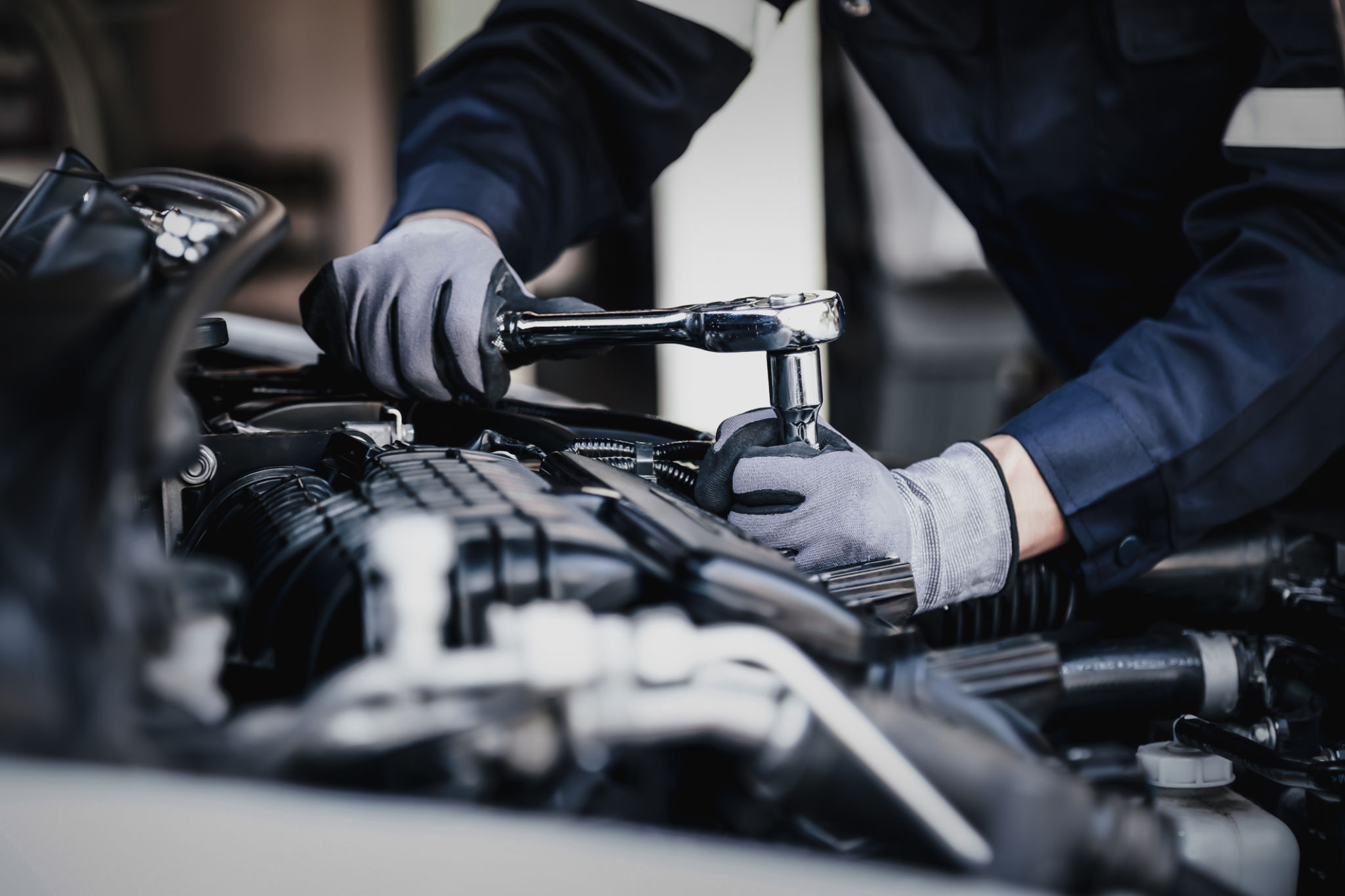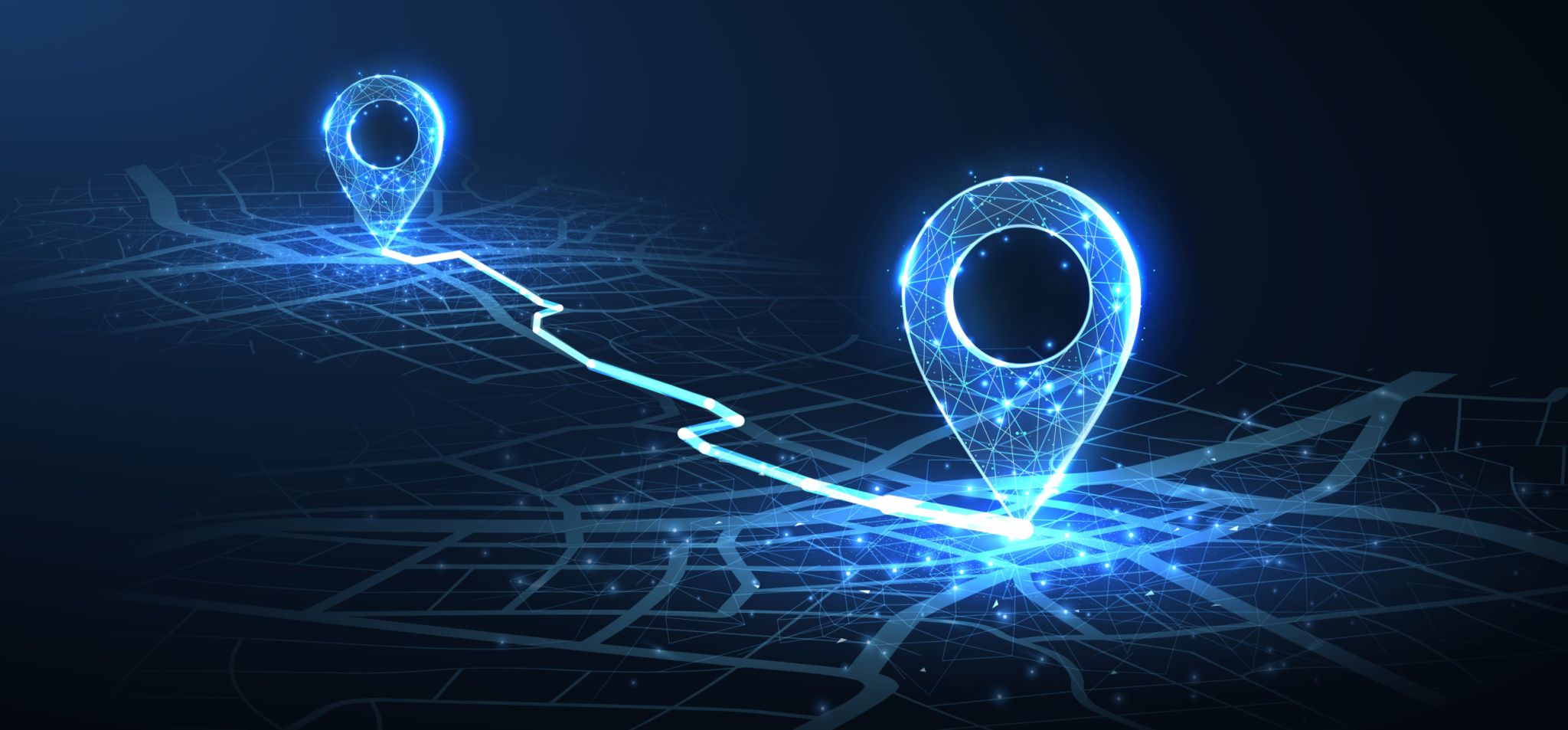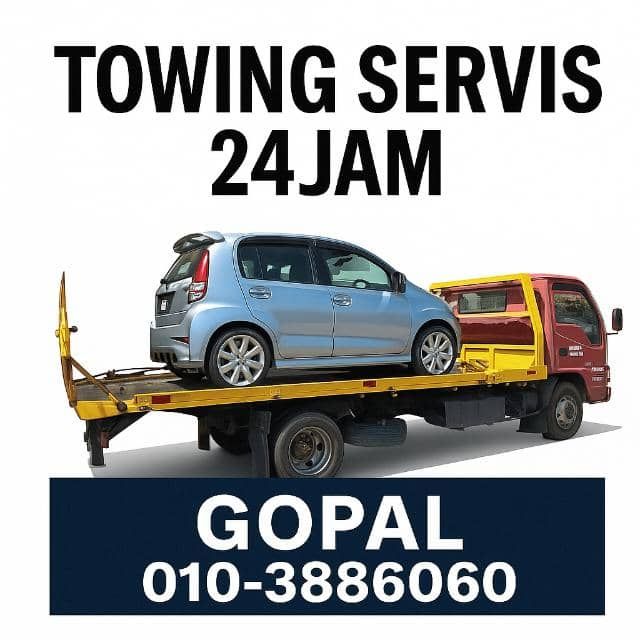Expert Advice: How to Prepare Your Car for Long-Distance Travel
Check Your Tires
Before embarking on a long-distance journey, one of the most critical components to inspect is your tires. Ensure they are properly inflated according to the manufacturer's recommendations, as incorrect tire pressure can lead to reduced fuel efficiency and increased wear. Check for any signs of damage like cuts or bulges, and don't forget to examine the tread depth to ensure adequate traction.
Rotating your tires can also help in providing a smoother ride and prolonging their life. If your tires are worn unevenly or nearing the end of their lifespan, consider replacing them before your trip to avoid potential issues on the road.

Inspect Fluids and Filters
Maintaining the right levels of fluids in your car is essential for optimal performance, especially during long trips. Start by checking the engine oil level and quality. If it's been a while since your last oil change, you might want to have it done before you hit the road. Don't forget about other fluids such as coolant, brake fluid, power steering fluid, and windshield washer fluid.
In addition to fluids, inspect your car's filters. A clean air filter will ensure your engine breathes properly, while a fresh cabin air filter will keep the air inside your car clean and pleasant. Replace any filters that appear dirty or clogged.

Test Lights and Electrical Systems
Having fully functional lights is not only critical for safety but also a legal requirement. Test all the lights on your vehicle, including headlights, brake lights, turn signals, and hazard lights. Replace any burned-out bulbs immediately.
Your car's battery is another crucial component to check. Ensure that the terminals are clean and secure, and consider testing the battery's charge if it's older or showing signs of weakness. You wouldn't want to be stranded due to a dead battery in the middle of your journey.

Prepare an Emergency Kit
No matter how well you prepare your vehicle, unexpected situations can occur. Packing an emergency kit can provide peace of mind and be incredibly useful in case of breakdowns or other unforeseen events. Your kit should include items such as:
- Basic toolset
- First aid kit
- Flashlight with extra batteries
- Jumper cables
- Blankets and water
- Non-perishable snacks
Having these items on hand ensures you're ready for minor roadside repairs or waiting for assistance if needed.
Plan Your Route
While spontaneity can be exciting, planning your route ahead of time can save you from unnecessary stress. Use GPS or mapping apps to determine the best route, considering traffic patterns and construction zones. It's wise to have a physical map as a backup in case technology fails you.
Research rest stops, gas stations, and accommodations along your route to ensure you have plenty of options for breaks and refueling. Knowing these details ahead of time can make your journey smoother and more enjoyable.

Pack Smartly
When preparing for long-distance travel, it's essential to pack efficiently. Place heavier items at the bottom and distribute weight evenly to avoid affecting your car's handling. Keep frequently used items within easy reach, such as snacks, water, and entertainment materials for passengers.
Avoid overloading the vehicle, as it can lead to reduced fuel efficiency and strain on your car's components. Remember that less is more when it comes to packing for a long journey.
By following these expert tips, you'll be well-prepared for an enjoyable and hassle-free long-distance trip. Safe travels!
